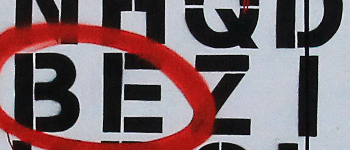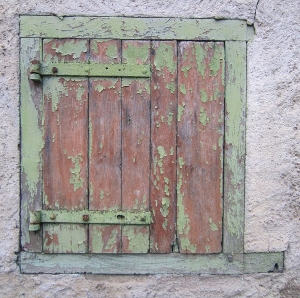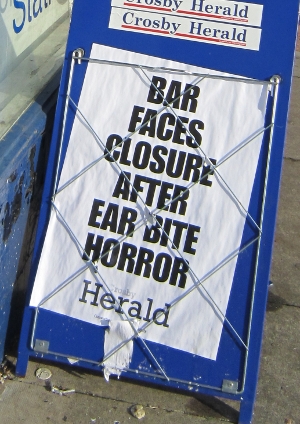Something happens first. And then something else happens. A character works to achieve his desire. Fate, and other characters with their own agendas, first stand in his way, then push back, raising the stakes.
But fiction dances to another temporal beat. This is the unfolding of past time, shown in flashback or told either through the thoughts of a character or the words of the narrator.
Books and courses for writers often discourage the flashback. A flashback slows down present action, it is argued, and therefore dissipates tension.
It’s true that a flashback interrupts action. But that’s true of a shift between POV characters, too, or a chapter break. You can use a time transition in the same way as you might a switch between plot and subplot—to tease the reader, to defer a resolution and to keep her reading.
The fact that turning to the past will put a brake on a narrative’s pulse, though, is a good reason to be wary of switching back too early in your story. You may want to establish your characters and the momentum of your plot first.
I have seen this rule of thumb ignored in short stories, however. These frequently use brief impressionistic flashbacks–sometimes no more than fragments–to establish a protagonist’s current situation. So a possible pattern might be:
- Present action (in media res)
- catch up with flashbacks and exposition,
- Back to the action
So:
- Marcus pulled the garrote tighter around the squirrel’s neck, and cursed again.
- He’d always had a thing about woodland animals. Perhaps it was down to all that time he’d spent helping Grandpa modify cadavers at Terrific Taxidermy. Or maybe it was those off-duty chipmunks he’d watched going at it in the CuteAndFurryLand Theme Park parking lot.
- Either way, there was one less critter in his yard now. He tossed the body and reached for his dart gun.
Of course the background in the last example is telling rather than showing, but with a bit more space we might have slipped back very briefly into the world of the young Marcus, chased by an aroused chipmunk, or listening to a snatch of wisdom as grandpa explained a particularly baroque gutting tool.
In fact, used well, flashbacks can heighten the drama of the present moment. Events in the present unlock memories or past scenes, which then provide new and transformative insights into the current world of the story. Flashbacks used in this way are more than dramatized exposition. They enter into a dynamic relationship with present time. They offer a steady supply of story and character reveals which change our perspective on the present. And then new present action can alter our understanding of the past. Of course, in order for this to work, the past must be an exciting place to visit. A good example of this can be found in the best episodes of Lost, in which suspense, back story and emotional climax were all simultaneously served by the relationship between current and recalled action.
And while you’re doing all this switching, you need to watch out for the point of transition. This is difficult, and worth watching for when you read. This point always seems to me a bit like that awkward moment in a musical when the characters shift a gear or two from speech to song.
One trick for handling transitions is the use of objects. The crystal ornament on the mantelpiece that reminds Mary of that market in Bruges where she and Richard first met, or the tire iron Henry keeps in a box submerged beneath half a foot of styrofoam packing peanuts. Or if you want to be less on the nose about it you can also use key words or images to signpost the shift.
The object, word or image might serve as a reminder, a pretext for a bit of time travelling. But it’s also a marker for the reader, signalling both an entrance to and exit from the past. So the trigger has the dual effect of establishing a convention for flashbacks in your narrative, and providing information to the reader about where and when the hell they are now.
The question here is: where does story live? Is a story really only told in a narrative’s live action, and therefore interrupted by flashbacks? Or is the story the sum of its parts, parts which may span time and point of view, and which coalesce to produce a satisfying emotional climax?
In summary:
- Flashbacks interrupt action: use this to hook the reader, and heighten tension.
- Flashbacks must provide more than just exposition or background. Make them a dynamic part of the story.
- Establish a convention for transition which makes the switch seem natural and acts as a signpost situating the reader in time.
- As a rule of thumb, don’t use flashbacks in the early parts of a story. In short stories, though, early scene-setting background is common.
In my next post on this subject I will play around a little with the pace of time in literature.





